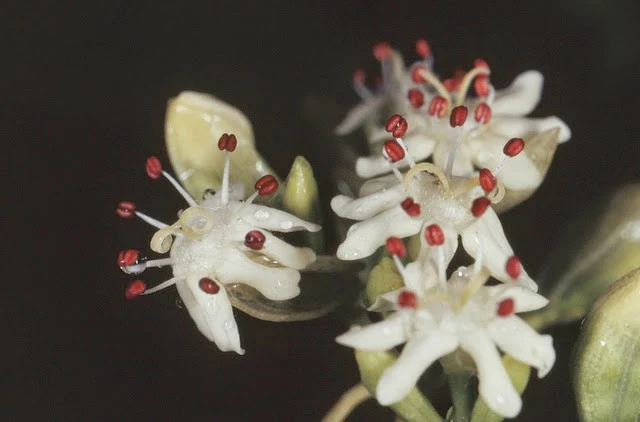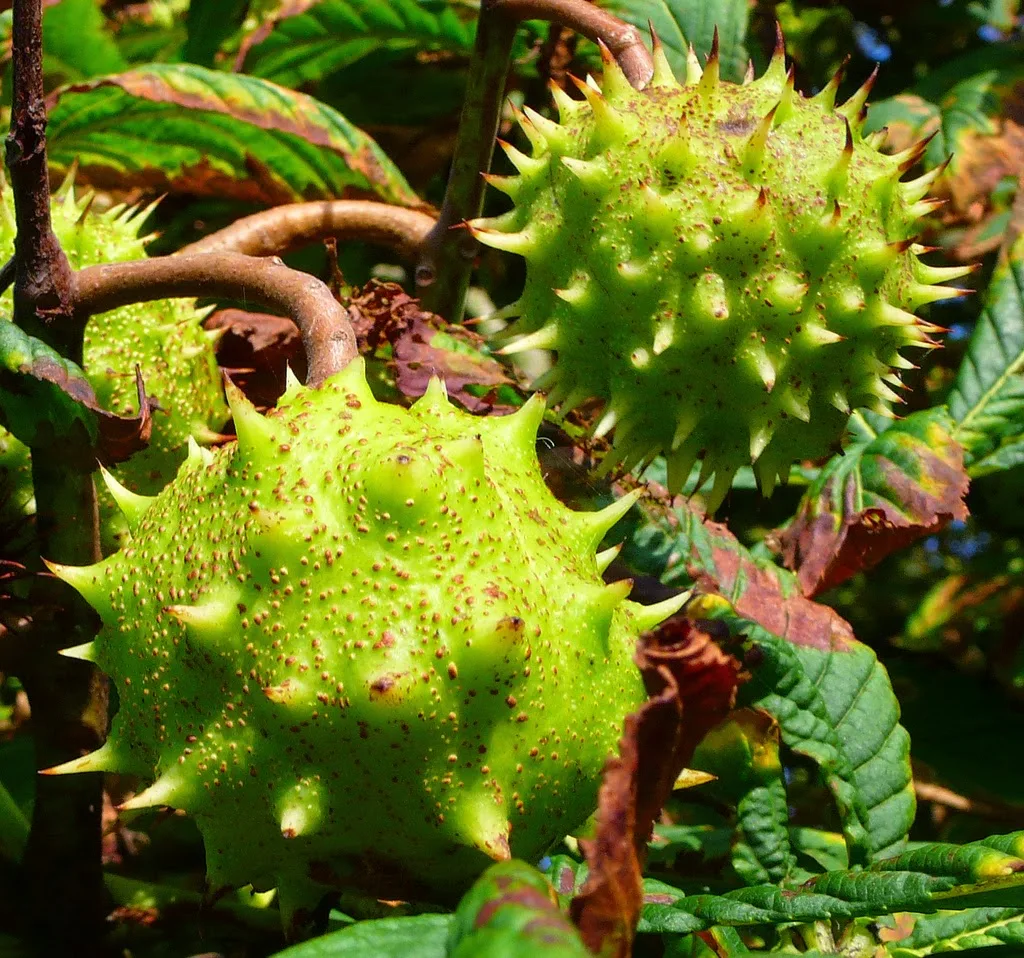By Liliana Usvat
Blog 302-365
Capirona (Calycophyllum sp.) is among the most important trees in the lives of
Amazonian people. It grows over 100 feet tall, high enough to emerge above
the main canopy.
The capirona tree turns deep red and sheds its bark twice a year to get rid of parasites.

This tree avoids lichens, fungi, epiphytes and lianas, by getting rid of its bark. Once or twice a year it sheds off its bark entirely. The smooth green bark underneath is kind of like a sunburnt human! Look around you and compare its smooth, baby like bark, against the rest.
The older the tree, the more of its bark will be unpeeled, creeping up its trunk. It flowers between march and april. It fruits between july and November. Seeds are dispersed by the wind.

A bark decoction is also used to treat diabetes. 1kg of the bark is boiled in 10 liters of water until 4 liters remain. It is believed that if this decoction is drunk every day (about 5 ounces daily) for three consecutive months that it is a “cure” for diabetes.
Calycophyllum spruceanum grows in the South American countries of Bolivia, Colombia, Brazil, Ecuador, and Peru
Links
http://web.horacemann.org/pages/faculty/pictures/amazonpage6.htm
http://www.thesacredscience.com/blog1/chazuta
https://www.youtube.com/watch?v=5j0dzcEBRdk
Blog 302-365
Nombre común (Spanish):
Capirona
Scientific name:
Calycophyllum spruceanum
Capirona (Calycophyllum sp.) is among the most important trees in the lives of
Amazonian people. It grows over 100 feet tall, high enough to emerge above
the main canopy.
The capirona tree turns deep red and sheds its bark twice a year to get rid of parasites.

This tree avoids lichens, fungi, epiphytes and lianas, by getting rid of its bark. Once or twice a year it sheds off its bark entirely. The smooth green bark underneath is kind of like a sunburnt human! Look around you and compare its smooth, baby like bark, against the rest.
The older the tree, the more of its bark will be unpeeled, creeping up its trunk. It flowers between march and april. It fruits between july and November. Seeds are dispersed by the wind.

This tree can grow to the forest’s canopy and reach a height of 30 metres. It has a very distinctive appearance due to its smooth and shiny bark. It has the ability to completely shed its bark, which changes from a vibrant green to brown colour depending on the time of year. It is common to find Capirona trees growing close to one another.
Extremely resilient and flood resistant, the Capirona produces small, white flower and long seed pods with 3-5 seeds inside.
The bark is commonly brewed into a salve which is rubbed on the skin, forming a thin coating that helps fight the effects of aging, parasites, and fungal infections. The bark is also effective in treating diabetes. Peruvian tribes commonly use Capirona decoctions to treat fungal infections of the skin as well as certain skin parasites that are commonly found in the Amazon Basin.
Medicinal Uses
This tree is commonly used by the Kichwa, Kukama and Tikuna tribes for its medicinal properties.
The bark is used for
- cleansing wounds,
- cuts and burns, due its
- anti-bacterial qualities.
- It also has anti-fungal and
- anti-microbial properties,
- used for treating skin conditions.
- The bark is used for treating wrinkles and patchy skin.
- It is believed to help the skin rejuvenate, as does the bark of this tree.
- It has been used in the cosmetic industry for its ability to prevent wrinkles,
- remove discolorations and scars.
- Also an antioxidant, and known to be used as a repellent and insecticide.
- The bark is also effective in treating diabetes.
It has small perfumed white flowers.
This tree is a sacred teacher plant and used by shamans for its curative/spiritual qualities.
- It can be used as part of a shamanic dieta or as an
- admixture to Ayahuasca.
- Capirona has a very light energy that can brighten dark moods.
- Connect to this tree to help combat negative energies from other people or the environment.
- The essence can make your energetic body slippery, like the bark of this tree, so that negative energies slide off.
- The colour of Capirona's energetic medicine is lime green, representing the tree's distinctive bark.
- This colour is refreshing and invigorating.
How to use it?
A bark decoction is used topically for
- eye infections and
- infected wounds as well as
- for skin spots,
- skin depigmentation,
- wrinkles and scars.
- It also stops bleeding quickly and
- is often applied to bleeding cuts and
- to soothe insect bites and
- reduce bruising and swelling.
- abscesses, and
- skin tumors.
- A tea made from the bark is used as a lotion after bathing. This forms a thin film covering their bodies believed to help fight the effects of aging, parasites and fungal infections
A bark decoction is also used to treat diabetes. 1kg of the bark is boiled in 10 liters of water until 4 liters remain. It is believed that if this decoction is drunk every day (about 5 ounces daily) for three consecutive months that it is a “cure” for diabetes.
- Peruvian tribes also apply the powdered bark to fungal infections of the skin.
- They also prepare a bark decoction to treat skin parasites – especially “sarna negra” – a nasty little bug that lives under the skin which is commonly found in the Amazon basin area.
Calycophyllum spruceanum grows in the South American countries of Bolivia, Colombia, Brazil, Ecuador, and Peru
Links
http://web.horacemann.org/pages/faculty/pictures/amazonpage6.htm
http://www.thesacredscience.com/blog1/chazuta
https://www.youtube.com/watch?v=5j0dzcEBRdk














